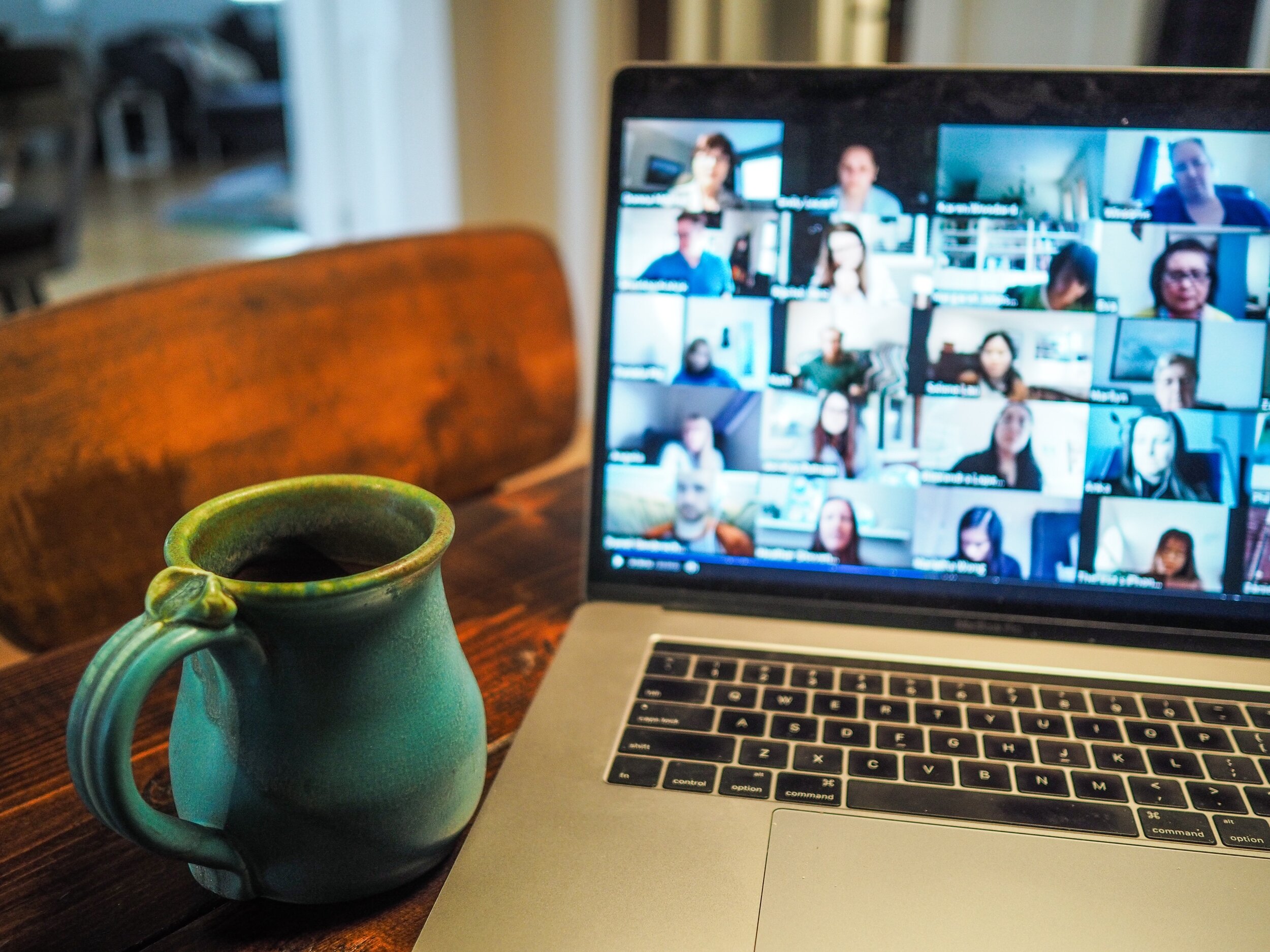I’m James Key, Head of Special Projects at DG Cities, working primarily on digital connectivity. I’ve joined the team on secondment from Ofcom, so a lot of my regular job is focused on working out how we can give everyone in the UK access to the connectivity that they need.
Image Credit: Chris Monty
In the past, a lot of the focus on building these networks has been led by the private sector, with targeted Government interventions, particularly in rural areas with weak broadband that are too expensive or sparsely populated to be attractive to private operators. We’re now lucky enough in the UK to have some genuinely ambitious plans from network operators to build fibre optic networks around the country, from a combination of established players like Openreach and Virgin, well-funded ‘alt-nets’ like Hyperoptic and 4th Utility, and local specialists such as B4RN and Exascale. Excitingly, lots of these providers are working increasingly closely with local authorities and homebuilders to deliver networks effectively and efficiently.
However, these plans aren’t coming fast enough or widely enough to give everyone the speeds that they need to make best use of online services today - never mind to take advantage of the smart, zero-emission cities of the future that we want to build. Even when the infrastructure is built and speeds are available, people might not be able to afford regular broadband, or might lack the confidence to use the internet effectively. The Royal Borough of Greenwich - where DG Cities is based - is one of a growing number of councils with a brilliant, ambitious digital strategy that will help transform how services are provided and how people interact with their council. But delivering on this will need every resident to have the right connection, devices and confidence in using online services. Despite rapid recent growth, only 18% of UK households (and 20% in Greenwich) have full fibre broadband, and a significant number of people are not confident users of the internet, with 18% of adults in London lacking basic digital skills and 7% not using the internet at all. Taking full advantage of digital connectivity will require not just building infrastructure but making people aware of, and comfortable with, the benefits of being online.
The pandemic has further sharpened the focus around connectivity as many of us have had to adapt to working, learning and socialising from home. People are finding that the speeds they needed for social media, paying bills and watching Netflix might not be good enough for multiple people using Zoom at the same time. The lack of access to adequate devices or regular connectivity has exacerbated existing inequalities and made the transition to remote working and learning more difficult and disruptive. In many cases councils and other organisations have stepped in to help fill the gaps where they can - my local council of Southwark has matched funding on a crowdfunding campaign to provide laptops to school children and worked with fibre network providers to offer free broadband. In Greenwich, DG Cities is working alongside the council to find ways of using greater connectivity to help communities find information about coronavirus, book a test or learn about vaccinations.
Over the past few months, I’ve had the privilege of getting involved in multiple pieces of work exploring the intersection between cities of the future and the existing connectivity problem. These have included thinking about how building owners can take advantage of renovation and repair works to install fibre optic cable more cheaply, how different types of network affect the cybersecurity of autonomous vehicles, and how councils can invest in their own fibre networks in partnership with private providers to upgrade connectivity for residents ahead of time. Working across these projects has continued to demonstrate just how important great connectivity will be to the cities and transportation of the future - as well as how many complications and barriers there can be in delivering this connectivity and helping residents to use it effectively.
As fibre and 5G roll out continues, councils and other urban stakeholders will have a crucial role in enabling these developments and maximising their value through new public services. Sometimes this will come in the form of planning, granting wayleaves and providing access, but often it can go further - through direct investment, partnership and ongoing community engagement. Fully supporting this connectivity and taking advantage of it can be complicated and time-consuming, and councils might find it helpful to work with partners like DG Cities, who are able to understand the priorities of local authorities, the concerns of residents, and the technological possibilities of high speed connectivity and smart cities.
To discuss how we can help you assess, develop and implement connectivity solutions, drop us a line at info@dgcities.com


